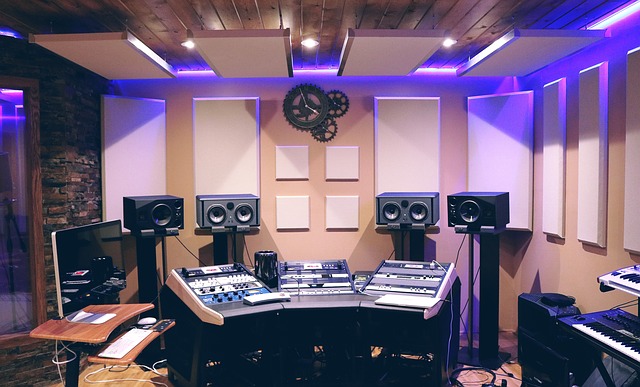
Wish the clock to move somewhat quicker as washing the bathtub? Simply turn on some songs. Experts have understood that music has been demonstrated to offer positive benefits and impacts when it comes to mood and feelings, focus and productivity, and memory and learning. However, for something as dull as scrubbing floors or washing machines to develop into a fun task-well, that is a considerable jump. To learn more about cleaning products and services, visit eltaqwa-co.com.
Music and Cleaning
The pounding beats are not only helping the moments of scrubbing go by quicker. 94 percent of those designated musical cleansers report positive feelings related to listening to music whilst cleaning. 66% say music makes their cleanup jobs more enjoyable. If that is true, they should pump the volume up.
According to the poll, parents are 85 percent more likely to be musical cleansers, averaging 77 percent of non-parents. 52 percent of cleaners state they have particular songs assigned for cleaning or that audio is valuable to their cleaning regimen. The consequences can also be found to have an infectious vibe, also: Musical cleaner parents are more inclined than non-parents to report these songs entices their kids and others in their household to assist with cleanup 33% and 10%, respectively.
And If it comes to that cleanup job musical cleaners state is best performed while jamming out to music, almost all musical cleaners stated they’d one chore which was enjoyably performed with songs: 67% stated cleaning jobs in the kitchen, while 66% said cleaning flooring.
Jelmar went as far as producing Spotify playlists, particularly for cleaning. Have a look at Lock-in that Shine: Fixing with Latin Music, Pristine Home: Fixing using Pop Music, along with many different other playlists which range from throwback tunes, country songs, and one stuffed with cleaning-themed songs. Jelmar 844 respondents identified themselves as individuals who desired to listen to music whenever they wash their houses. There are very few people who enjoy cleaning. But, rather than procrastinating, attempt to make cleaning slightly simpler with entertaining, upbeat songs to get people moving.
What makes Americans at the ideal mindset to generate cleaning magic occur? While the ideal cleaning tools are necessary, and a cleanup helper would be fine, 80 percent of Americans say that they hear music whilst cleaning, according to a new poll commissioned by Jelmar, cleaning product maker of the CLR and Tarn-X traces.
Music has its demonstrated positive advantages and impacts shown in mood and feelings, focus and productivity, memory and learning, and much more. Therefore, it’s not surprising that the majority of musical cleansers or 94 percent report positive feelings related to listening to music whilst cleaning. Two thirds or 66 percent of state music makes their cleanup jobs more enjoyable.
https://www.youtube.com/watch?v=KFt1NJHv3QA&ab_channel=DoItOnADime
In Jelmar, our objective is to create successful cleansing solutions to help facilitate the effort put into cleaning the gunk and dirt in the house. However, we’re eager to identify exactly what other service individuals might have to find the job done fast and simple, and audio is such an inspiring and energizing helper.
The self-identified musical cleansers reacting to the survey said that they commonly turn the songs to rock-pop or country music whilst cleaning. To assist musical cleansers continue grooving while eliminating dirt, Jelmar has made a set of songs playlists in song to their pursuits. The playlists include high genres such as musical cleansers, cleaning-themed audio, and enjoyable audio so the entire family can get involved. And, though, the study behind the direct correlation between productivity and music has not yet been demonstrated, the concepts make sense.


